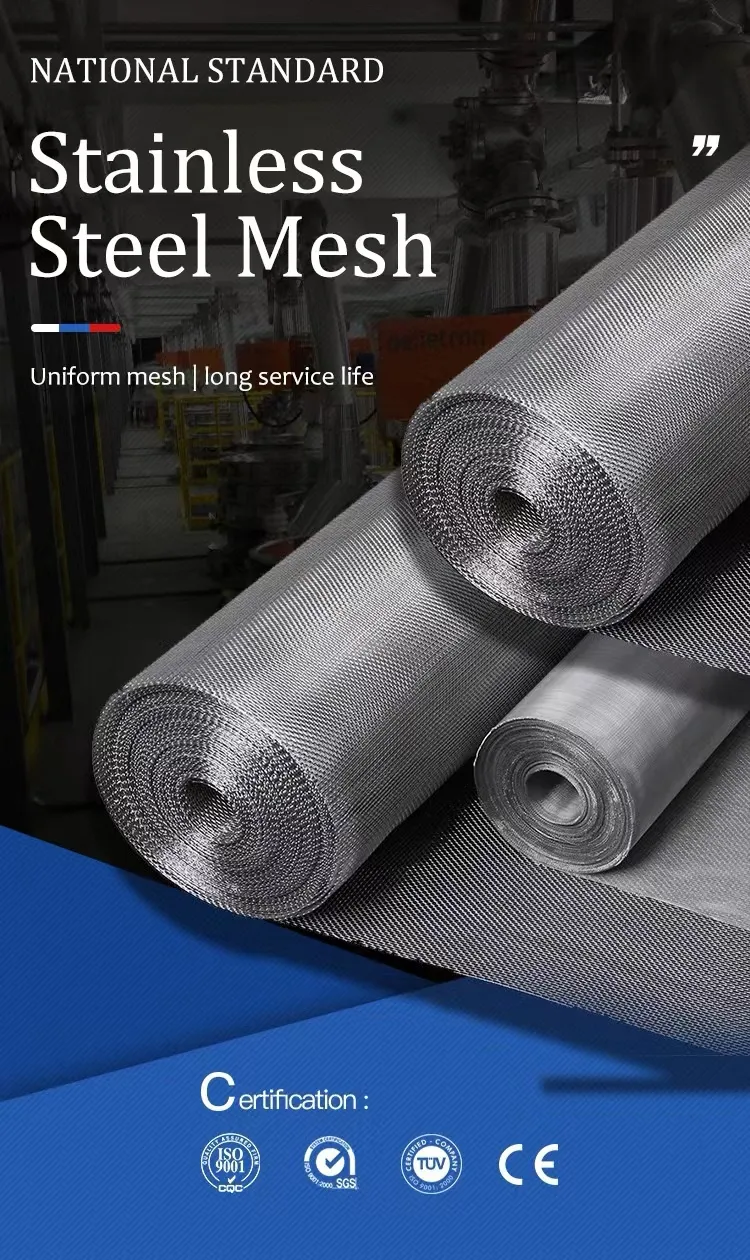-
 Afrikaans
Afrikaans -
 Albanian
Albanian -
 Amharic
Amharic -
 Arabic
Arabic -
 Armenian
Armenian -
 Azerbaijani
Azerbaijani -
 Basque
Basque -
 Belarusian
Belarusian -
 Bengali
Bengali -
 Bosnian
Bosnian -
 Bulgarian
Bulgarian -
 Catalan
Catalan -
 Cebuano
Cebuano -
 China
China -
 Corsican
Corsican -
 Croatian
Croatian -
 Czech
Czech -
 Danish
Danish -
 Dutch
Dutch -
 English
English -
 Esperanto
Esperanto -
 Estonian
Estonian -
 Finnish
Finnish -
 French
French -
 Frisian
Frisian -
 Galician
Galician -
 Georgian
Georgian -
 German
German -
 Greek
Greek -
 Gujarati
Gujarati -
 Haitian Creole
Haitian Creole -
 hausa
hausa -
 hawaiian
hawaiian -
 Hebrew
Hebrew -
 Hindi
Hindi -
 Miao
Miao -
 Hungarian
Hungarian -
 Icelandic
Icelandic -
 igbo
igbo -
 Indonesian
Indonesian -
 irish
irish -
 Italian
Italian -
 Japanese
Japanese -
 Javanese
Javanese -
 Kannada
Kannada -
 kazakh
kazakh -
 Khmer
Khmer -
 Rwandese
Rwandese -
 Korean
Korean -
 Kurdish
Kurdish -
 Kyrgyz
Kyrgyz -
 Lao
Lao -
 Latin
Latin -
 Latvian
Latvian -
 Lithuanian
Lithuanian -
 Luxembourgish
Luxembourgish -
 Macedonian
Macedonian -
 Malgashi
Malgashi -
 Malay
Malay -
 Malayalam
Malayalam -
 Maltese
Maltese -
 Maori
Maori -
 Marathi
Marathi -
 Mongolian
Mongolian -
 Myanmar
Myanmar -
 Nepali
Nepali -
 Norwegian
Norwegian -
 Norwegian
Norwegian -
 Occitan
Occitan -
 Pashto
Pashto -
 Persian
Persian -
 Polish
Polish -
 Portuguese
Portuguese -
 Punjabi
Punjabi -
 Romanian
Romanian -
 Russian
Russian -
 Samoan
Samoan -
 Scottish Gaelic
Scottish Gaelic -
 Serbian
Serbian -
 Sesotho
Sesotho -
 Shona
Shona -
 Sindhi
Sindhi -
 Sinhala
Sinhala -
 Slovak
Slovak -
 Slovenian
Slovenian -
 Somali
Somali -
 Spanish
Spanish -
 Sundanese
Sundanese -
 Swahili
Swahili -
 Swedish
Swedish -
 Tagalog
Tagalog -
 Tajik
Tajik -
 Tamil
Tamil -
 Tatar
Tatar -
 Telugu
Telugu -
 Thai
Thai -
 Turkish
Turkish -
 Turkmen
Turkmen -
 Ukrainian
Ukrainian -
 Urdu
Urdu -
 Uighur
Uighur -
 Uzbek
Uzbek -
 Vietnamese
Vietnamese -
 Welsh
Welsh -
 Bantu
Bantu -
 Yiddish
Yiddish -
 Yoruba
Yoruba -
 Zulu
Zulu
High-Quality Commercial Bird Netting Solutions
The Importance of Commercial Bird Netting in Agriculture
In the realm of modern agriculture, the protection of crops from wildlife, particularly birds, has become an increasingly significant concern for farmers and agronomists alike. Among the various methods employed to safeguard crops, commercial bird netting stands out as a highly effective and environmentally friendly solution. This article explores the importance of bird netting in agricultural practices, its benefits, and implications for sustainable farming.
Birds can be both beneficial and detrimental to agricultural ecosystems. While some species assist in pollination and pest control, others can cause considerable damage to ripe fruits, seeds, and vegetables. The economic impact of bird damage can be staggering; in some regions, up to 20% of crop yields can be lost if preventive measures are not implemented. Hence, the adoption of commercial bird netting is essential for farmers seeking to protect their livelihoods while minimizing losses.
Commercial bird netting is made from durable, lightweight polyethylene, designed to withstand harsh weather conditions while remaining effective over time. Available in various mesh sizes, bird netting allows farmers to select the appropriate specifications based on the type of birds they wish to deter. This customizable approach ensures that the netting protects crops without interfering with beneficial insects and other wildlife.
commercial bird netting

One of the key advantages of bird netting is its non-lethal nature. Unlike traditional methods such as traps or poisons, bird netting provides a humane way to discourage birds from accessing crops. This not only adheres to ethical farming practices but also aligns with growing consumer demand for sustainably produced food. As awareness of animal welfare increases, farmers using bird netting can enhance their marketability by portraying their operations as more environmentally responsible.
Moreover, bird netting is versatile and can be used in a variety of agricultural settings, from fruit orchards and vineyards to vegetable fields. With adjustable frames, this solution can be adapted to fit irregularly shaped plots, ensuring comprehensive coverage. Additionally, netting can also protect against other pests, such as insects or small mammals, providing double duty benefits for farmers looking to safeguard their crops.
The installation process of bird netting is relatively straightforward and can often be done without professional assistance. Farmers typically begin by constructing a framework of poles or stakes around their crop area, creating a secure boundary. The netting is then laid over this framework, ensuring it is taut and secure to prevent birds from finding entry points. Regular inspections and maintenance of the netting are essential to ensure its integrity over time.
In conclusion, commercial bird netting plays a pivotal role in modern agriculture. By providing an effective, humane, and sustainable solution for crop protection, it enables farmers to protect their investments while promoting ethical farming practices. As the agricultural sector continues to adapt to changing environmental circumstances, the use of bird netting will likely become increasingly common, serving as a key tool in the quest for sustainable food production.
-
Shipping Plastic Bags for Every NeedNewsJul.24,2025
-
Safety Netting: Your Shield in ConstructionNewsJul.24,2025
-
Plastic Mesh Netting for Everyday UseNewsJul.24,2025
-
Nylon Netting for Every UseNewsJul.24,2025
-
Mesh Breeder Box for Fish TanksNewsJul.24,2025
-
Expanded Steel Mesh Offers Durable VersatilityNewsJul.24,2025











